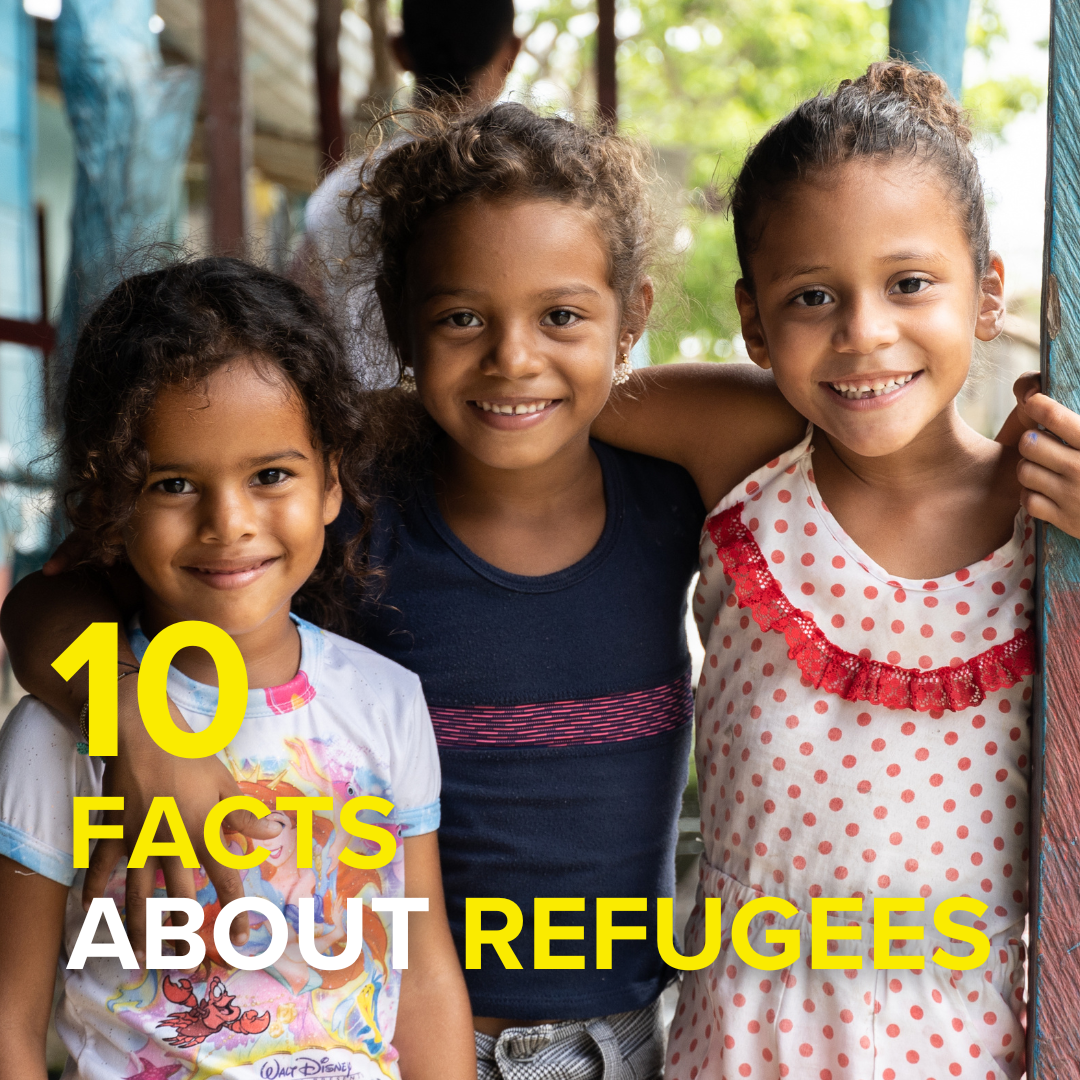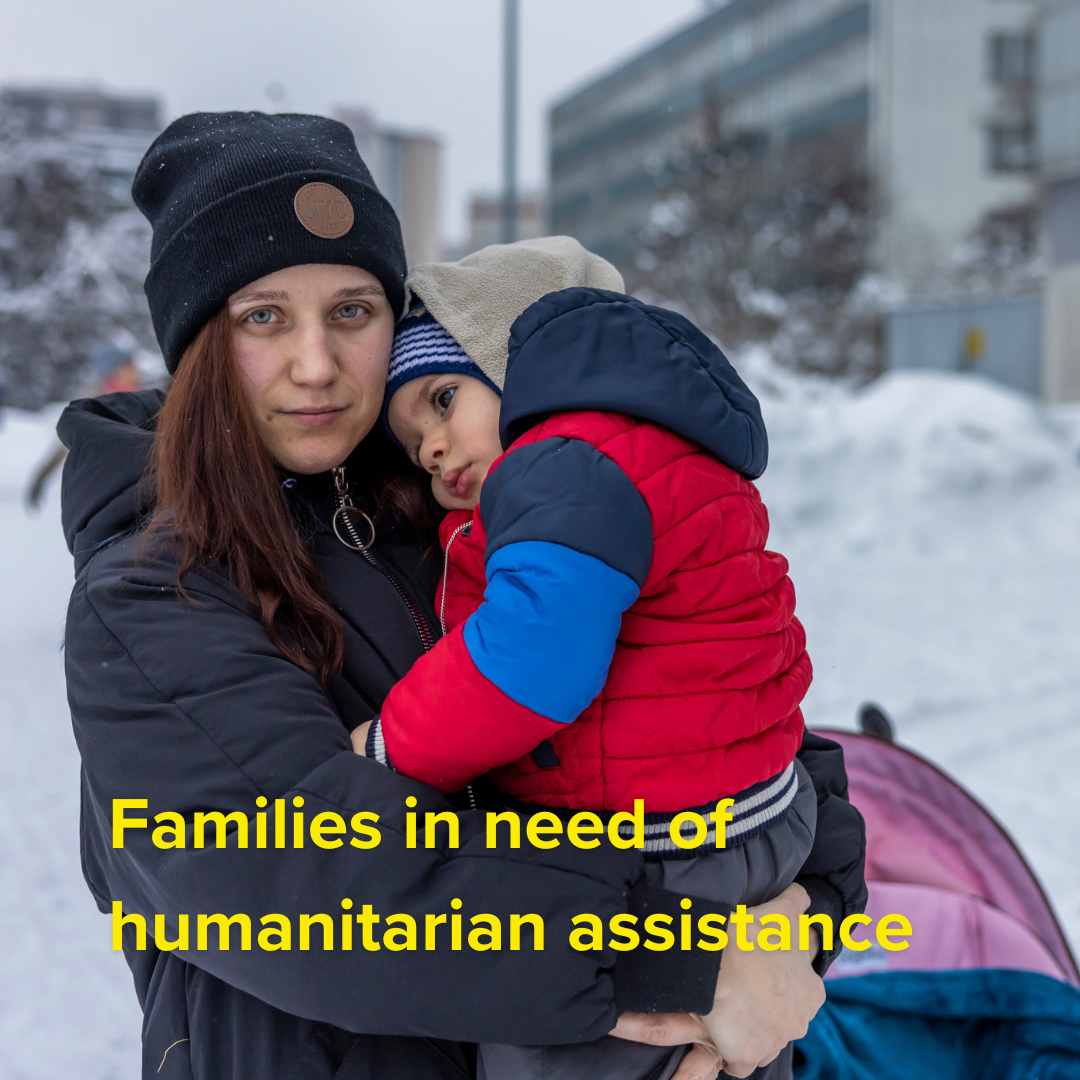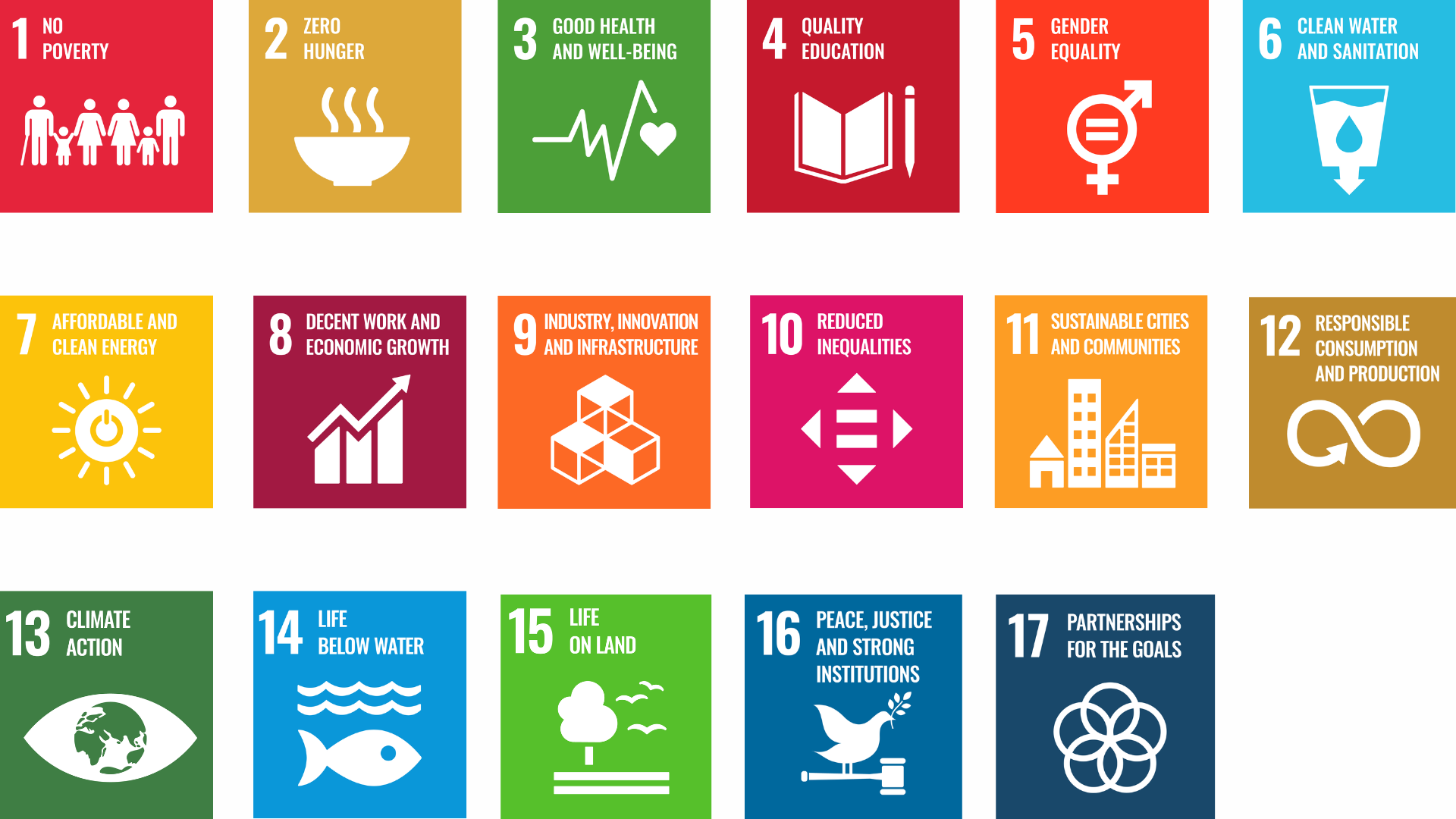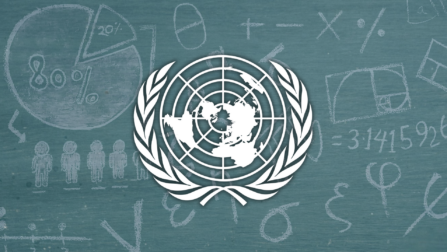
Education that gives hope in uncertain times – Welcome to a Professional Development Day for Teachers
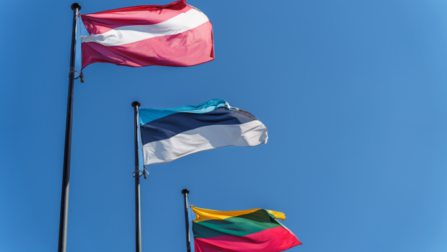
Regional Training Initiative Launched to Strengthen Refugee and Migrant Integration in Baltic Cities

UNHCR’s Grandi urges world to remember Ukraine’s displaced and war-affected people
Facts about refugees
Refugees have become a hot topic in the political debate. Nevertheless, the topic is surrounded by myths and, too often, lack of facts. Click here to get 10 facts about refugees.
Ukraine Emergency
UNHCR has stepped up our operations and capacity in Ukraine and neighbouring countries. We remain firmly committed to support all affected populations.
Find us on Youtube
Visit our YouTube channel to learn more about UNHCR’s work and activities in the Nordic and Baltic region and meet staff around the world.
The Hope Away from Home campaign calls for global solidarity and action to protect the right to seek asylum. Act now and sign the petition.
UNHCR is committed to the 2030 Agenda for Sustainable Development. Read more on how UNHCR works with the Global Goals.
Pushbacks against asylum-seekers are illegal. They can result in injury or even death. Watch the video. Spread the word.
Media contacts
Contact our communications team in the Nordic and Baltic countries
Employment
Join our team and make a difference in the lives of those forced to flee their homes
Contact us
Contact one of our offices in the Nordic and Baltic countries




